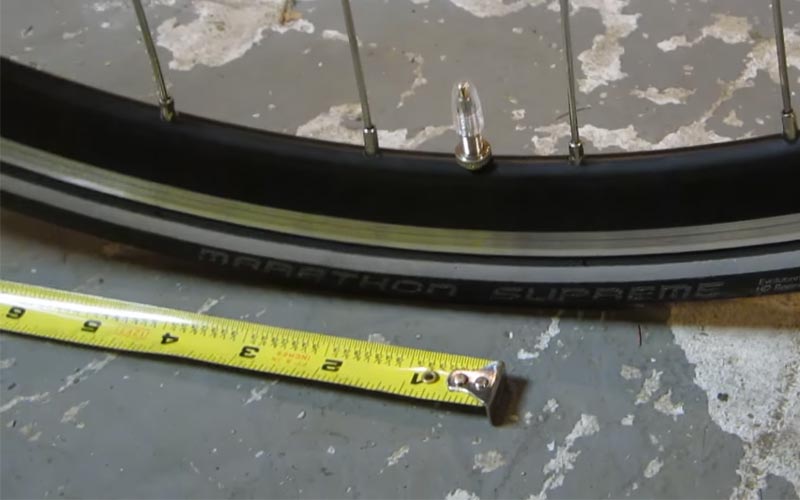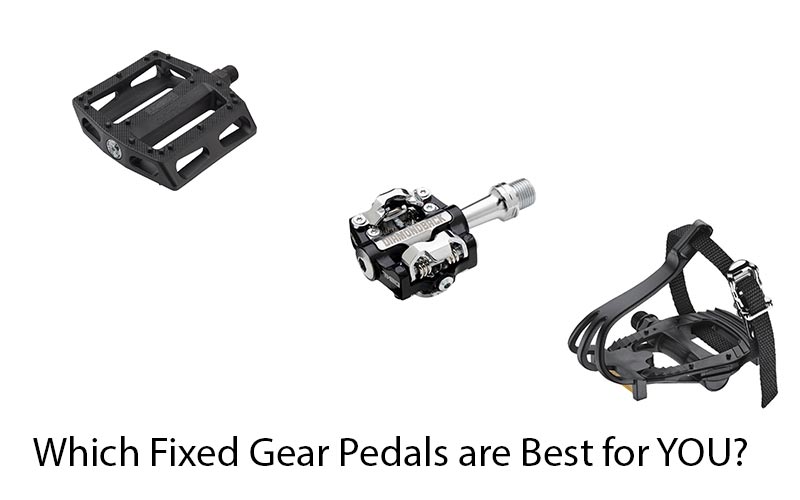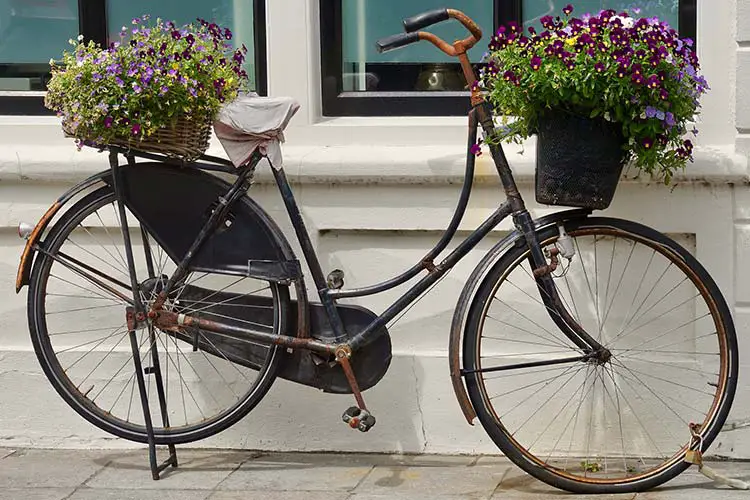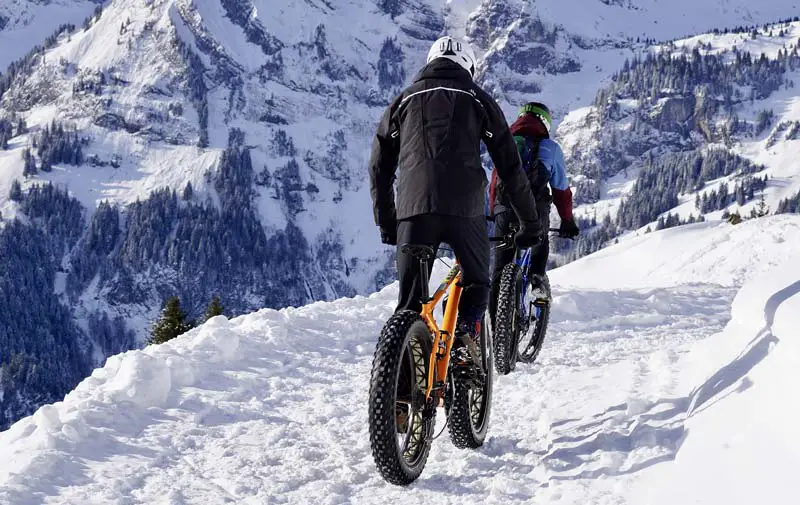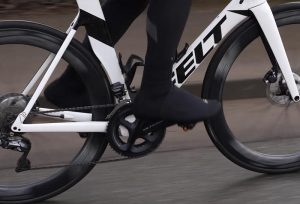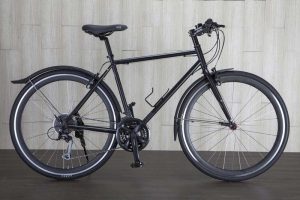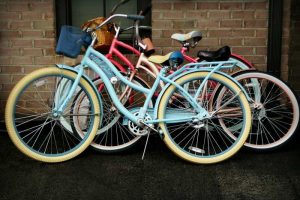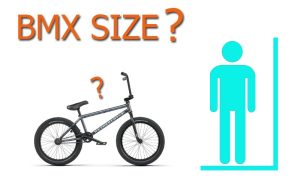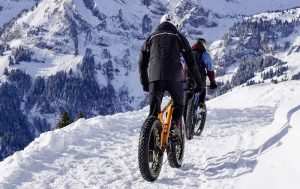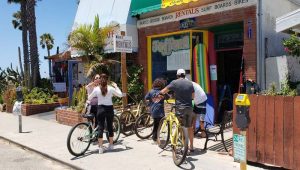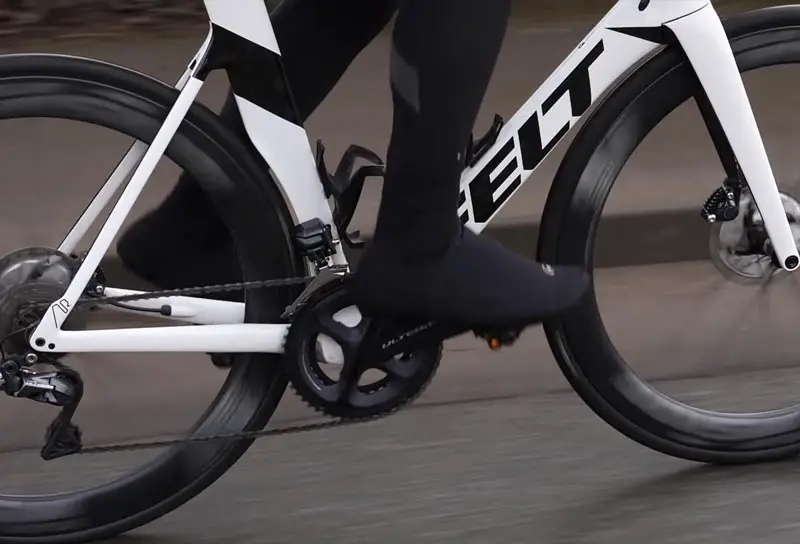
Most of us know that pedaling is the most basic skill that we have to know when learning how to ride a bicycle. Pedaling is usually straightforward and it can be easily learned by any beginner at cycling. However, if you look at professional cyclists, they seem to make it look smooth and seamless.
So, how do you pedal a bicycle like a pro? What are the techniques that can be done to help you pedal smoothly, and efficiently, and to give you the best experience when riding a bicycle without expending too much physical effort?
See also:
We wrote this guide to help you get started on honing your skills so that you will slowly turn your basic pedaling into moving towards a more professional approach that will save you time, effort, and everything else in between
Contents
7 Tips to Pedal Efficiently
Here are some tips on how you can pedal your way similar to the professional cyclists out there:
Learn the fundamentals of pedaling
Past research on body mechanics has shown that pedal pulling decreases your efficiency as compared to backpedaling. So, how are we going to “pedal backward” in a figurative way? The way to do this is to naturally let pedaling flow as an instinct rather than thinking about pushing.
That’s because thinking about how you will push your feet to the pedals will only get you more tired. With that in mind, there will still be times when you do ascents or sprints and you have to push harder with your legs and feet to get more momentum and movement from the bike as you go.
Either way, the gist of this tip is that when pedaling, always remember to take it naturally rather than forcing your legs and feet to pedal fiercely in circles. Pedaling is different for everyone because not all of us have the same body build, stamina, and other factors to consider.
Consider your natural cadence
As mentioned above, every person is different when it comes to pedaling methods so you should select which method is more natural for you. This is also true when choosing the ideal cycling cadence depending on your capability and the situation at hand.
Just as you should pedal as naturally as possible, the speed of your pedaling should also be based on your instincts. Changing your pedaling speed will only make you feel more exhausted and reduce your efficiency when cycling.
Although genetics and proper training do indeed have effects on how strong you can endure pedaling and how fast you can pedal, it is not always the indicator of true strength and professionalism when it comes to cycling. There are other factors to help you pedal like a pro.
Adjust your saddle height properly
One key factor that will help you pedal like a professional is to get the correct saddle height when you ride your bike. This is why most pros get a custom-fitted bike and they will also recommend you to go to a bike shop for a proper fitting depending on your height and reach.
A poorly-positioned body during pedaling will lower your efficiency and that is why a proper saddle height based on your build is very important. If you are sitting in the right position comfortable for you, it will help to gain more speed and momentum.
If this is your first time buying a bike or you find that your bicycle doesn’t fit you anymore, you may want to get professionally fitted in a bike shop. They will help you find the best height for your needs so that you can pedal more efficiently and more naturally.
Maintain your upper body position and keep it still
When you pedal, always ensure that you pedal with your upper body upright and as still as possible to get efficiency. If you spot pros cycling at a race, you will see that their torsos are as still as possible, which helps a lot to maintain a constant speed.
Too much movement will not only waste valuable energy for your body but it will also make you less efficient when we take into consideration aerodynamics. What’s more, it’s also not very good to look at a cyclist moving back and forth if the road is not bumpy at all.
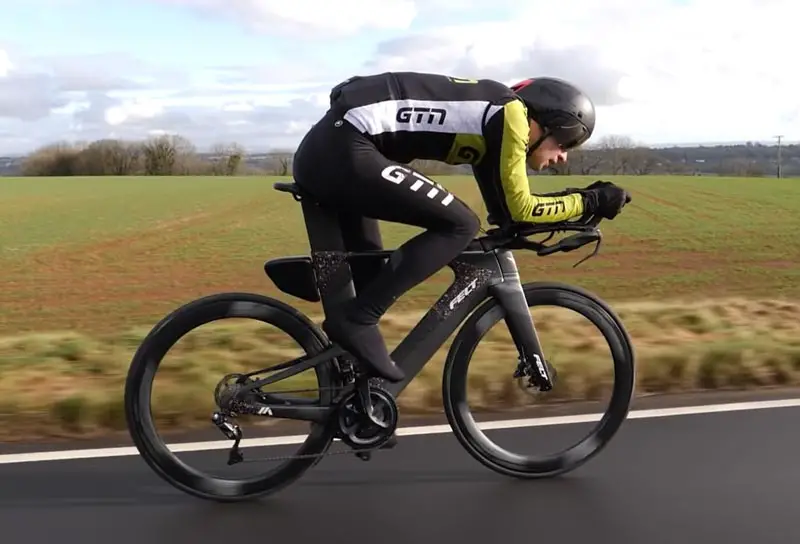
Work on your core
Now, you may wonder sometimes: how is it that pros can keep their upper body as still as possible when they ride for long hours of races? That’s because they have a strong core, which can be acquired through training and practice.
Core strength will certainly help to keep your riding position as still as possible so you can focus more on pedaling efficiency. Aside from that, if you have a strong core as a cyclist, it will help lessen the likelihood of getting a bad back after each race or trail riding.
Stretching exercises
Flexibility is another key to helping you pedal like a pro. Even if you’re not on the bike, you can simply start by doing stretching exercises to help improve your flexibility. Likewise, frequently riding the bike will also help you become more flexible in the long run.
What this means is that you shouldn’t ignore flexibility training as well. It also helps if you ride your bicycle more frequently so that you’ll get the hang of it. As we mentioned, flexibility can be acquired simply by riding your bike more often so constant practice is certainly a key factor.
Perform some cadence drills
A cycling workout that you can do to help improve your pedaling technique is to go at 60 RPM for about 5 minutes and then another 5 minutes of slower gear. This high-intensity interval training can help strengthen your leg muscles and possibly make your pedaling much easier than you did before.
We recommend doing this cycling training routine during ascents for the best results. In the same way, this will also help you burn more calories if you intend to use cycling as a workout to maintain your healthy body weight.
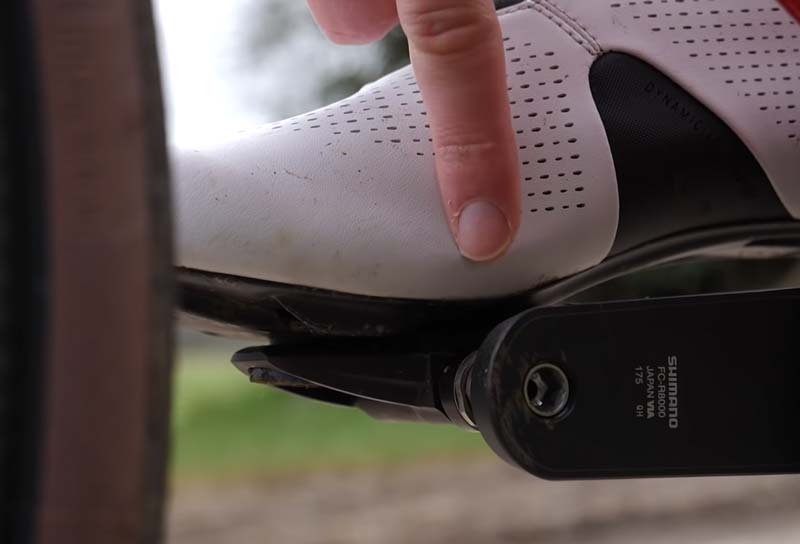
Q&A
We want to help you work on your cycling skills better. Therefore, here are some frequently asked questions regarding pedaling like a pro cyclist:
When positioning your foot on the pedal, it should be that your metatarsal steps over the pivot arm. This arm is vital to keep your stability when riding and pedaling more efficiently. The metatarsal is the ball of your foot. Keep in mind that it takes time and practice.
To gain more pedaling efficiency, use your heels rather than your toes. Don’t step on the pedals using the middle of your foot instead, use your heels, which, in turn, strengthen your calf muscles. Avoid leaning and pedaling with your toes as much as possible.
Bike pedals can be hard depending on the tire pressure. If you haven’t inflated your tire properly, it will cause your pedals to be grittier so it pays to always check your tires if they are at the right pressure – check your tires regularly.
No – they shouldn’t. In some cases, however, your toes might be tempted to point downwards when you pedal. By constant practice on keeping your heel and feet as flat as you can get, it will give you more pedaling efficiency and power in the long run.
A way to help your bike spin faster is to lubricate the chain, maintain your bike’s cleanliness, adjust the brakes and pedal tension, and experiment with lowering your bike’s front end, which might give you better wind resistance. Adjusting the saddle height can also help.
A higher cycling cadence is typically better because you put less strain and effort on your muscles. This will help in reducing your fatigue so you can pedal longer and more efficiently. With that said, we still advise you to follow your natural cadence.
Conclusion
To wrap it up, pedaling like a pro cyclist can be done with practice and the right techniques. The main key points that you need to know to include the fact that you need to let your natural cycling method and cadence take you there. Cycling will be more efficient once done naturally.
Moreover, practice, as well as core strength and flexibility, will help you to pedal more like a pro and not get too fatigued at the end of your cycling journey. It also pays to adjust your saddle height properly when you ride so we greatly recommend getting a properly-fitted bike for your needs.
Cycling is easy to learn, but if you want to learn how professionals do it, we hope that these tips helped you in improving your pedaling skills. Not only will they help you waste less energy but you’ll also ride for longer hours without feeling too tired.
